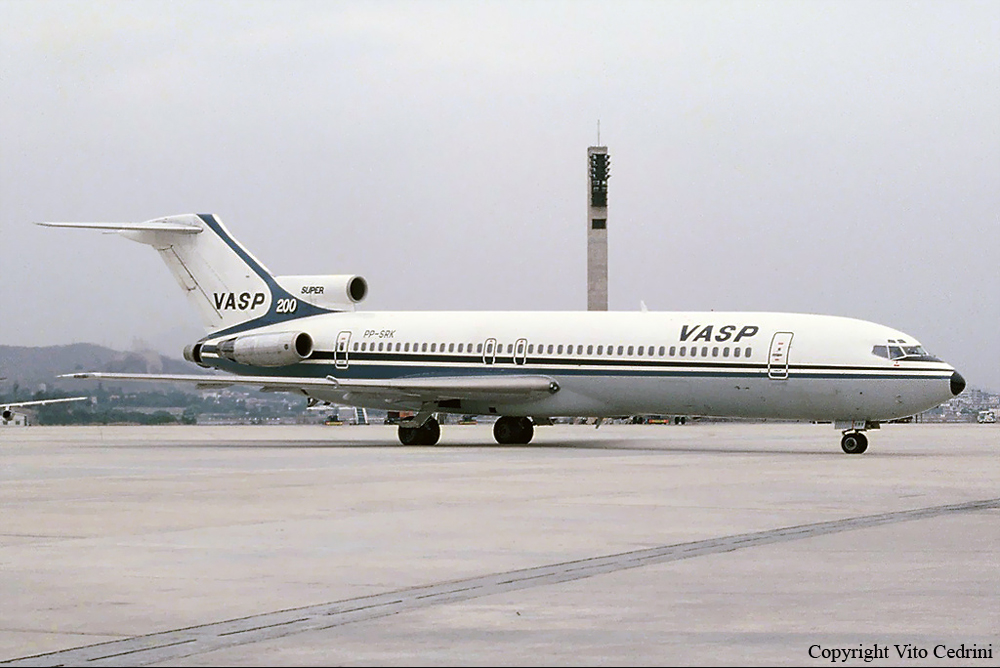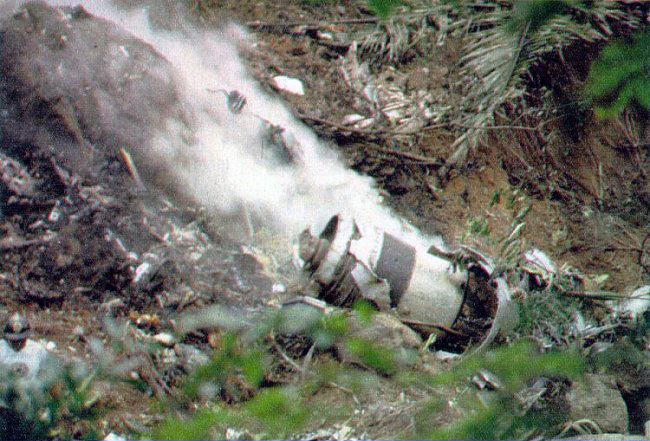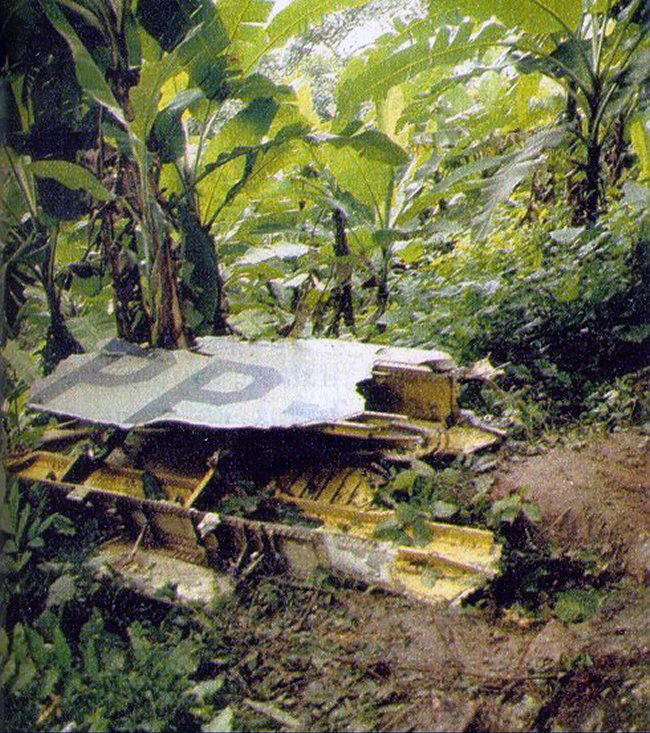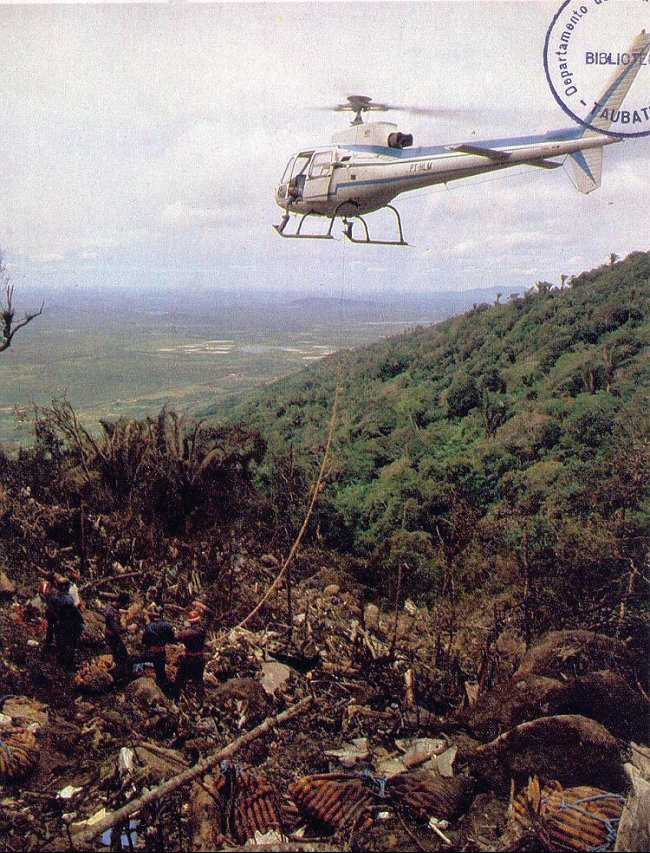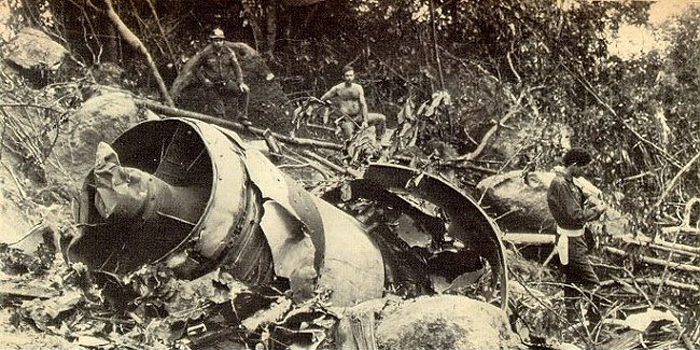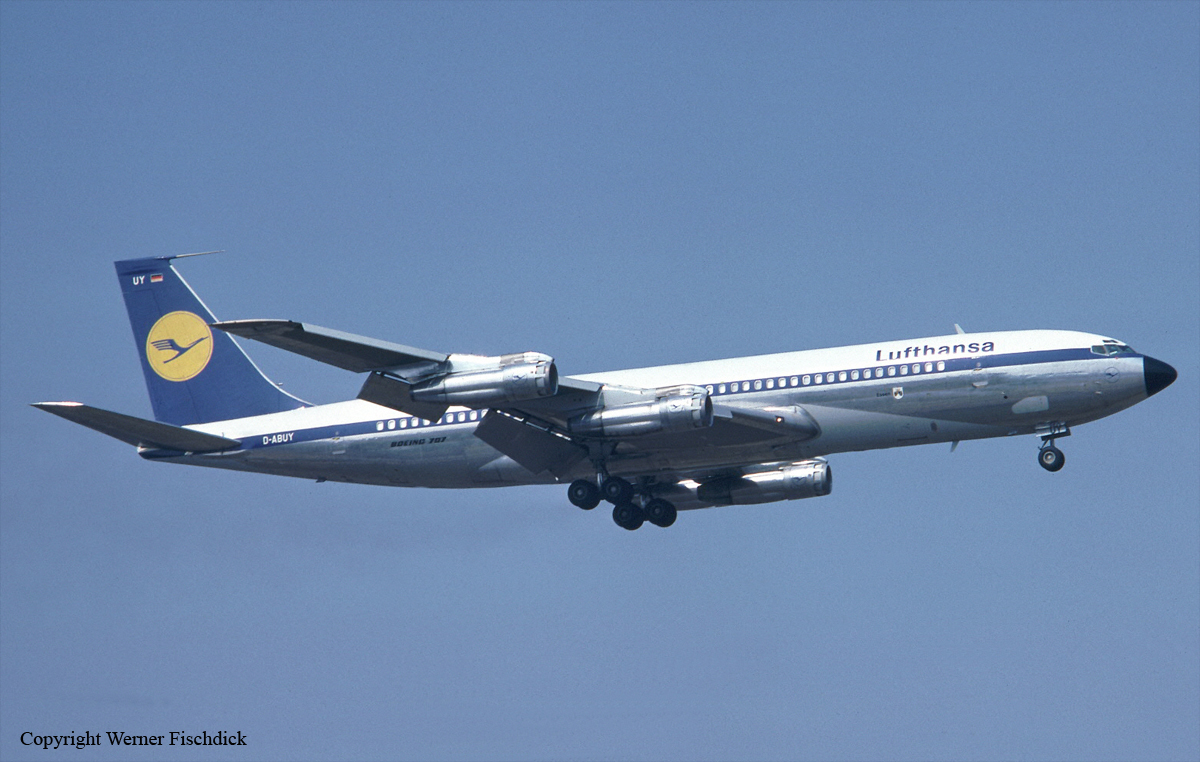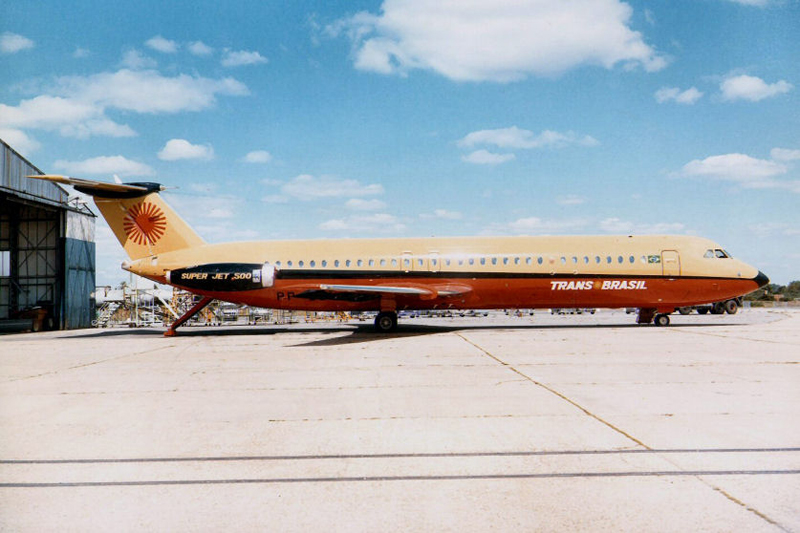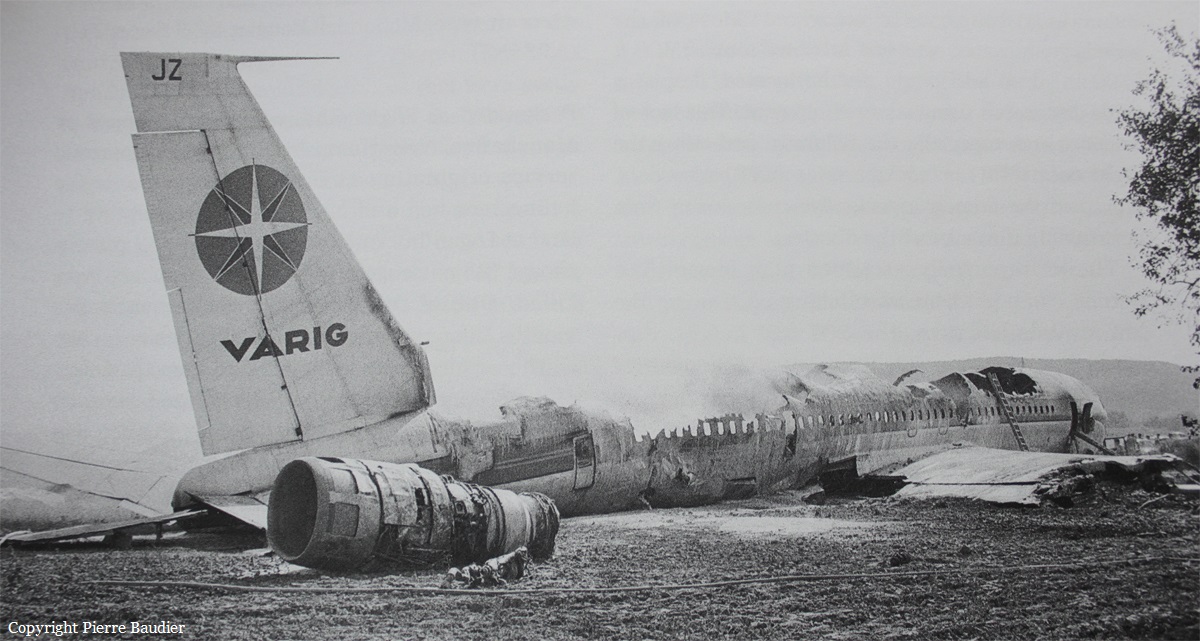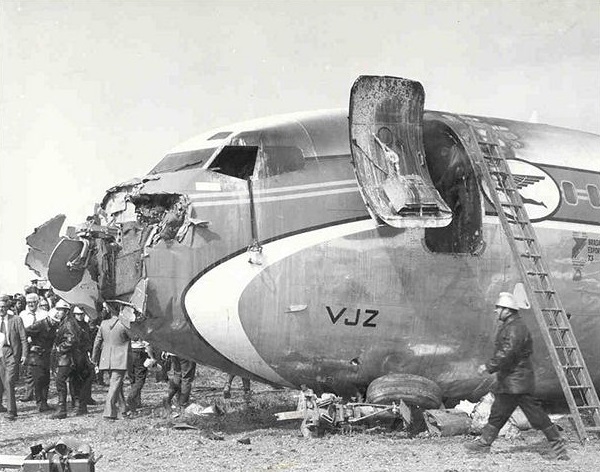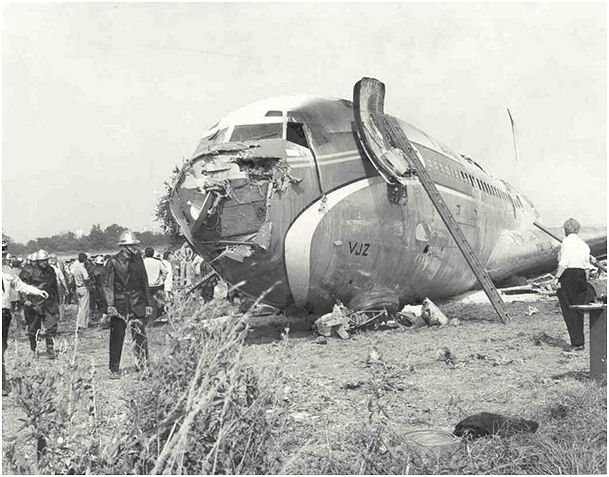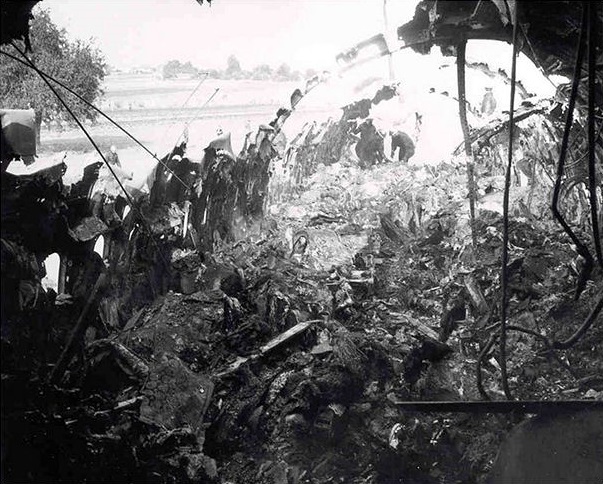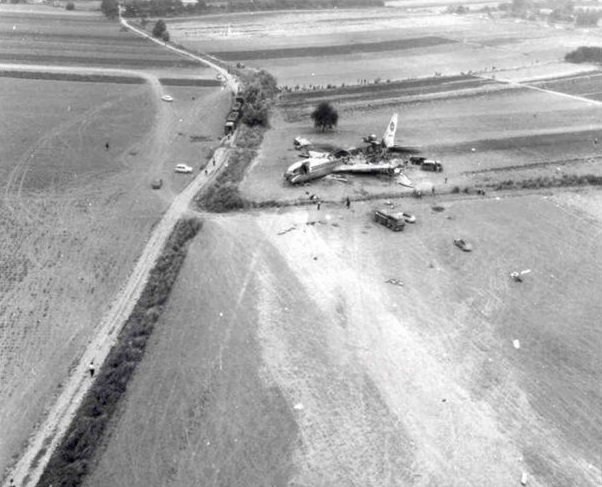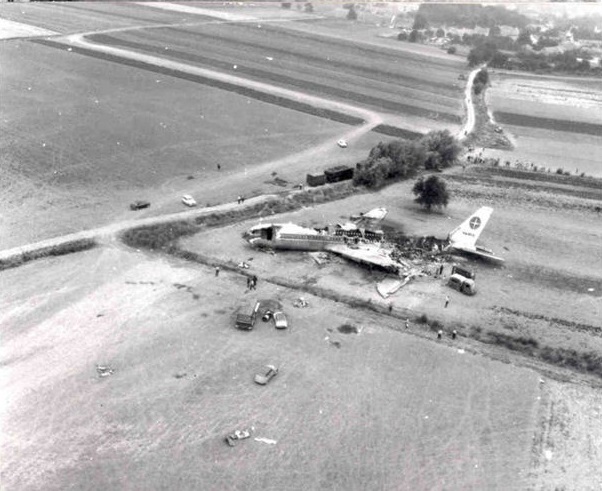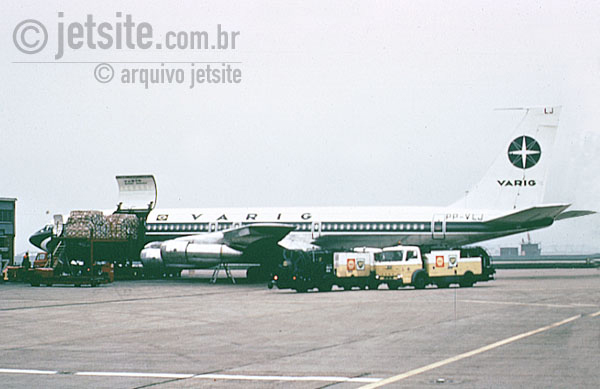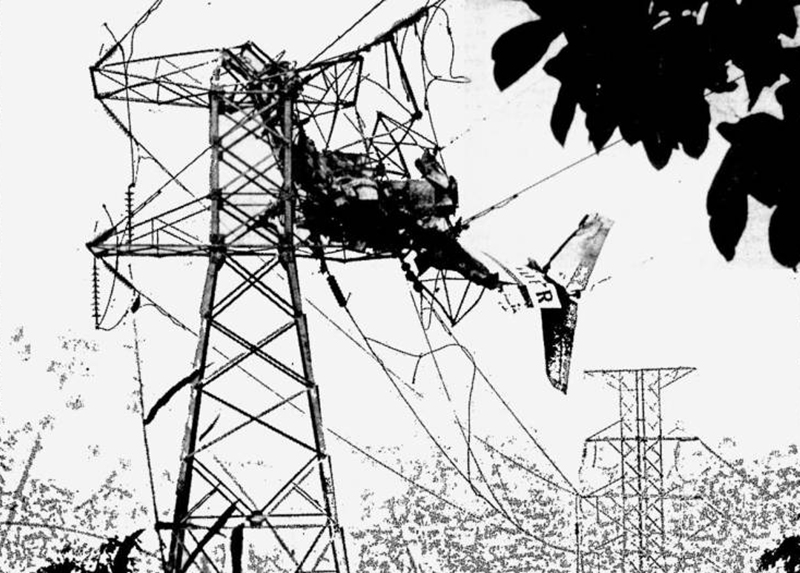Crash of a Boeing 727-212 near Fortaleza: 137 killed
Date & Time:
Jun 8, 1982 at 0225 LT
Registration:
PP-SRK
Survivors:
No
Schedule:
São Paulo – Rio de Janeiro – Fortaleza
MSN:
21347
YOM:
1977
Flight number:
VP168
Crew on board:
9
Crew fatalities:
Pax on board:
128
Pax fatalities:
Other fatalities:
Total fatalities:
137
Circumstances:
Following an uneventful flight from Rio de Janeiro-Galeão Airport, the crew initiated a night descent to Fortaleza-Pinto Martins Airport, Ceará. ATC cleared the flight to descent to 5,000 feet and while facing the city lights, the captain descended below the prescribed altitude of 5,000 feet. Despite two altitude alert system warnings and the copilot's warning about mountains ahead, the captain continued to descend until the aircraft struck a wooded mountain located in the Aratanha Mountain Range, some 26 km southwest of the airport. The aircraft disintegrated on impact and all 137 occupants were killed.
Probable cause:
For unknown reasons, the captain continued the descent below 5,000 feet as instructed by ATC and ignored GPWS and pilot warnings.
